Let’s have a chat about some common issues in gardens this week and how to tackle them!
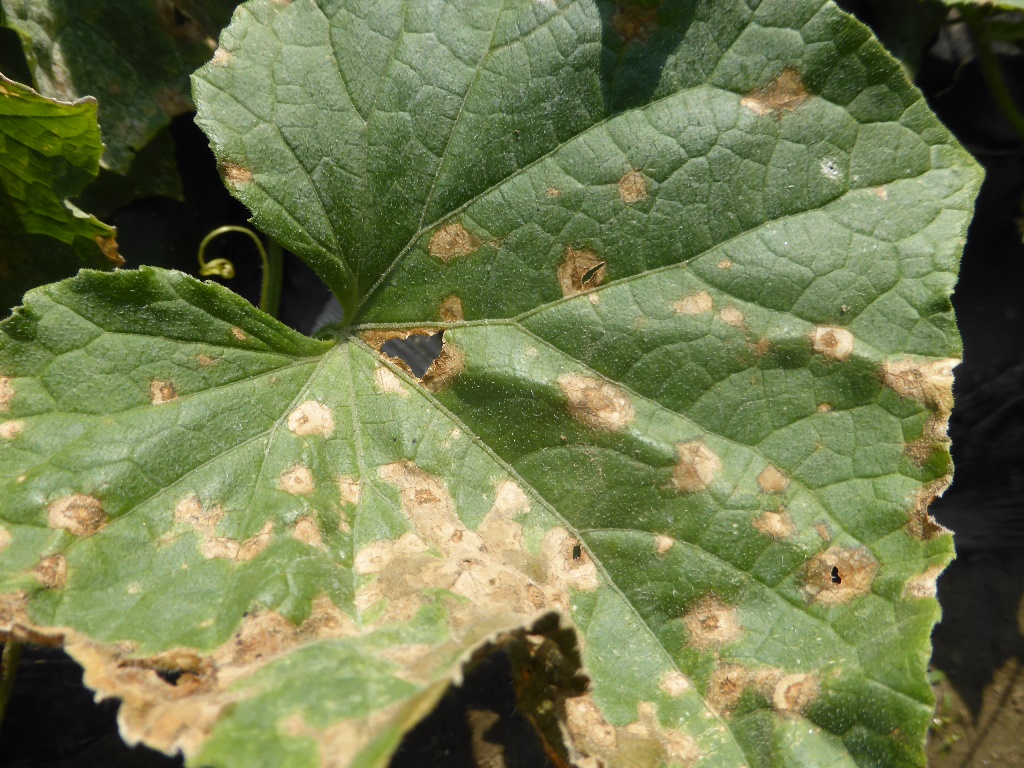
First off, if you’re growing cucumbers, there are two diseases you should be on the lookout for anthracnose and wilt. Anthracnose is a fungal disease that causes irregular spots on cucumber leaves. If you’ve had problems with this in the past, it’s a good idea to spray your plants with a garden fungicide to keep the leaves healthy.
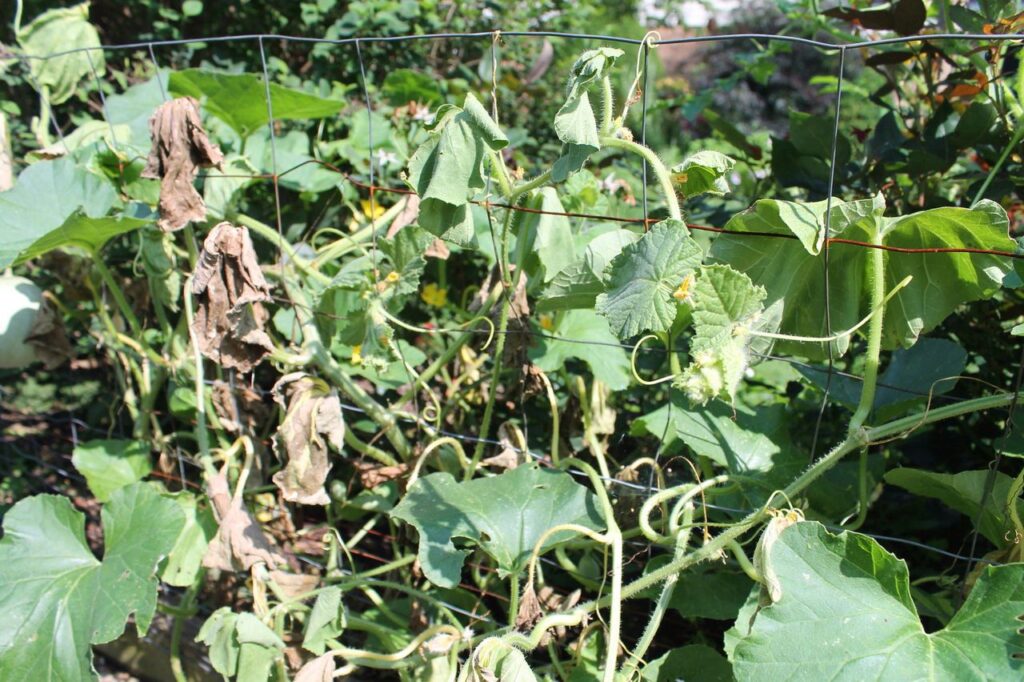
Cucumber wilt is another nasty issue. It’s caused by bacteria carried by striped or spotted cucumber beetles. This bacterium clogs the plant’s water tubes, leading to sudden wilting and eventually killing the plant. As soon as you spot these beetles, it’s time to spray them with Sevin or a similar insecticide. Also, remove any wilted plants to prevent the disease from spreading.
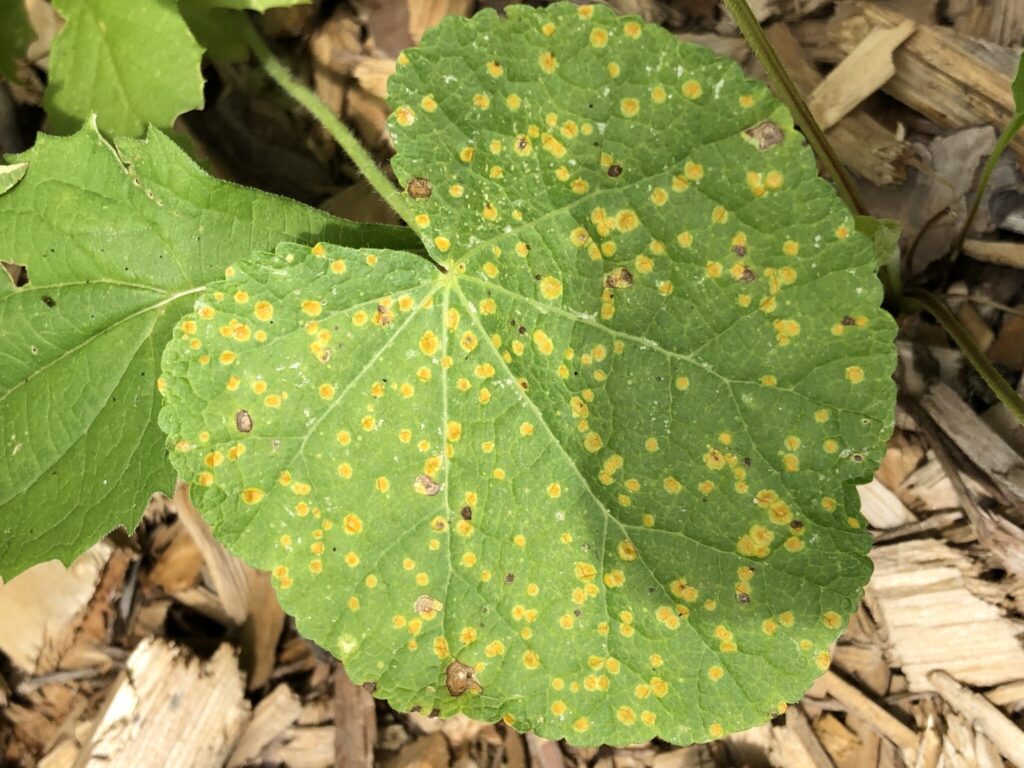
For those of you growing hollyhocks, you might see brownish or reddish spots on the leaves. This is a sign of rust, a fungal disease. Unfortunately, once you see these spots, it’s too late to treat the plant, but it will still bloom. To prevent rust, spray with a fungicide in late May and make sure to clean up plant debris in the fall.
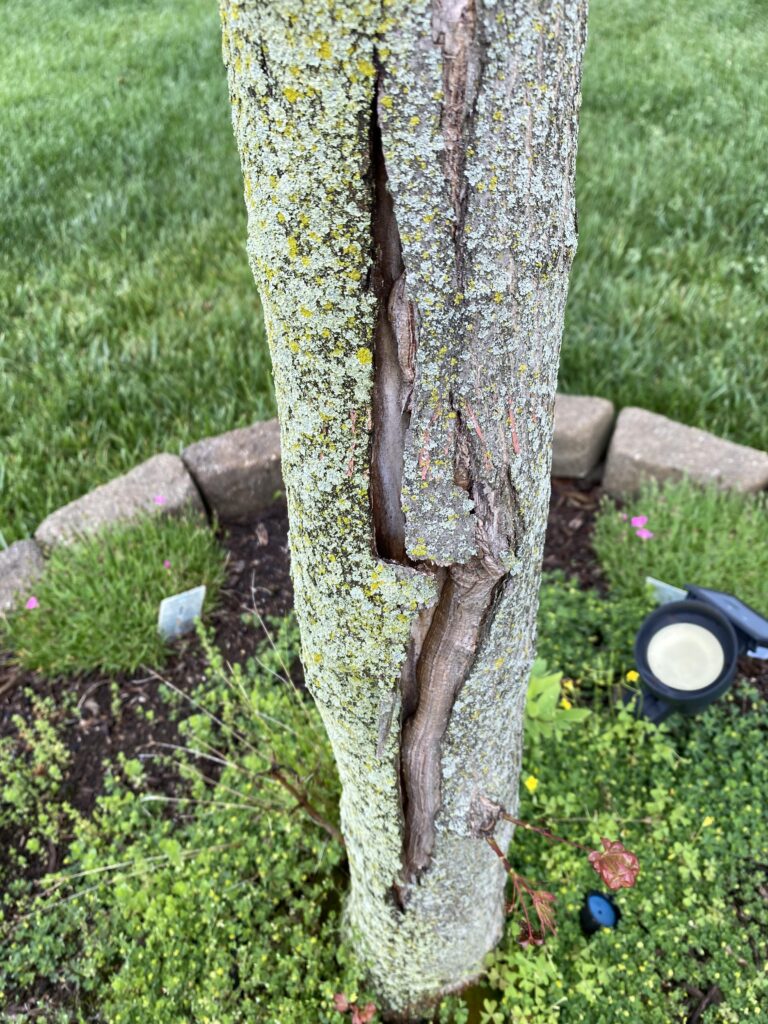
This year, you might notice a lot of frost cracks in trees due to the unusual winter we had. These cracks happen because warm temperatures in February allowed the sap to flow, which then froze and caused the cells to explode, creating vertical cracks. There’s not much you can do except wait and see if the cracks heal themselves. Trees with smooth bark, like young red maples, are particularly prone to this. Just remove any dead bark to let air circulate around the wound.
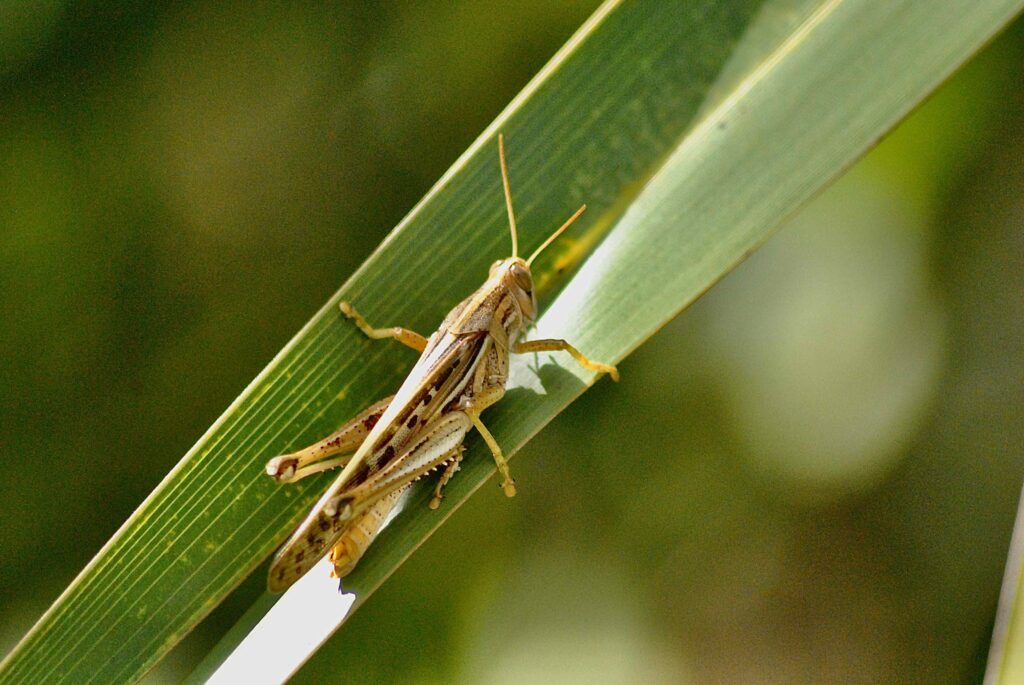
If you’re dealing with little grasshoppers in your garden, especially in rural areas, try keeping the area around your garden mowed short as a barrier. If grasshoppers become a bigger problem, using bait can sometimes help.
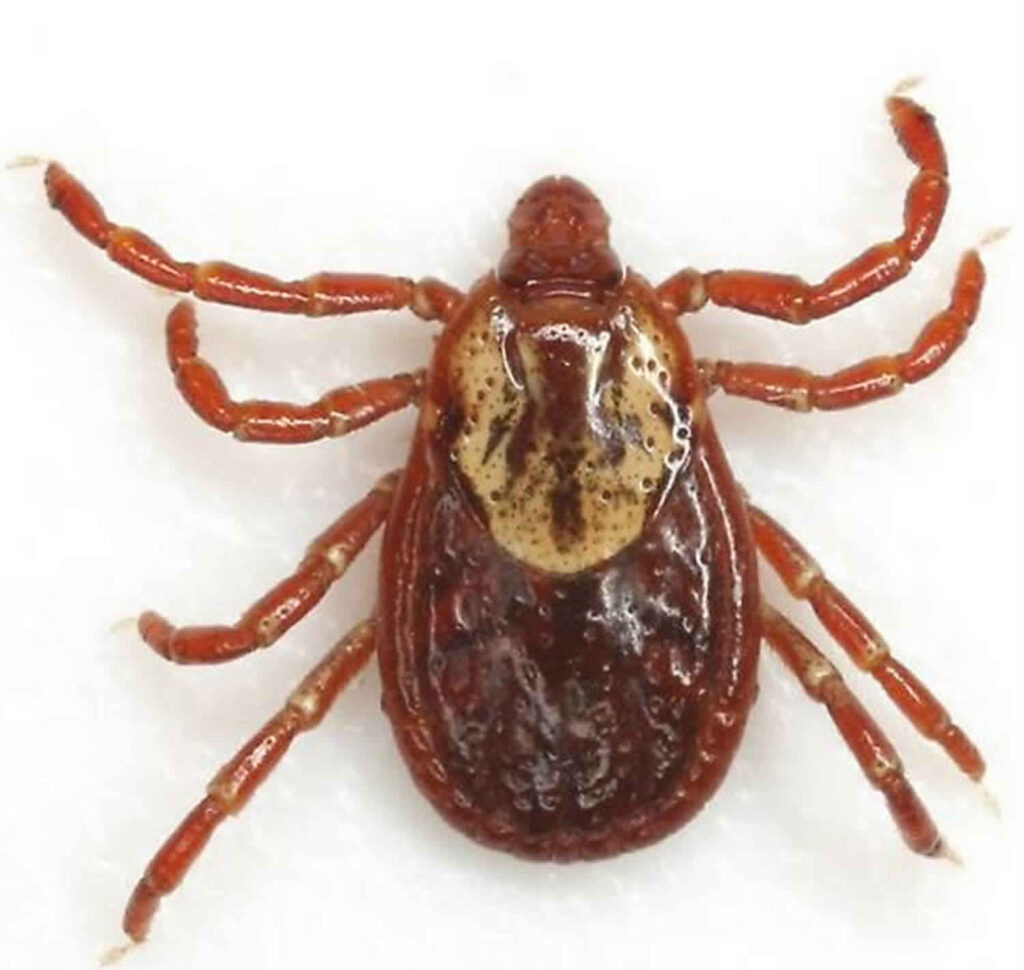
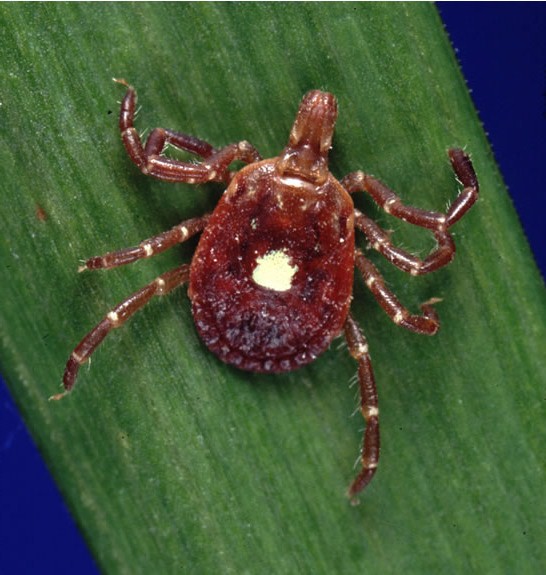
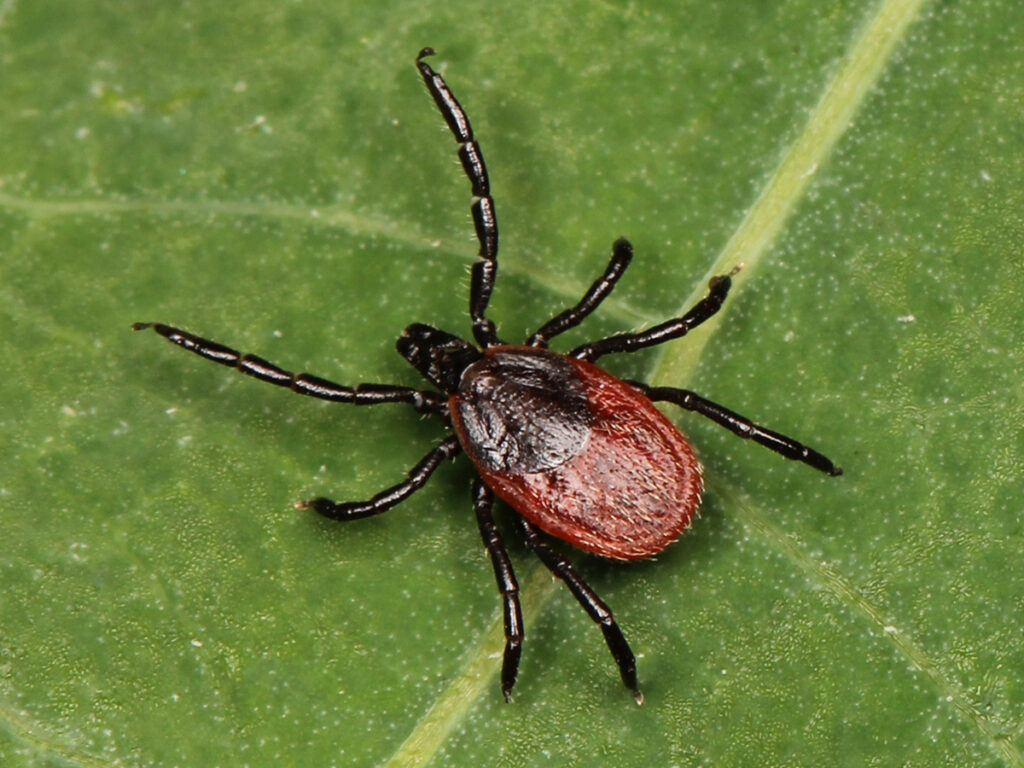
On a different note, I recently gave my dog, Magdelin, a Bravecto chewable for ticks, and within three days, I didn’t find any more ticks on her. There are three types of ticks in South Dakota to be aware of. The most common is the dog tick, which can carry tularemia. Then there’s the Lone Star tick, which can carry various diseases, including Alpha-gal syndrome, making you allergic to red meat, and tularemia. Lastly, the Black-legged tick (deer tick) is known for carrying Lyme disease. If you spot Lone Star or Black-legged ticks, you can participate in South Dakota’s tick survey to help track their progression. You can find more information on the survey at the South Dakota Department of Health’s website: Tick Identification | South Dakota Department of Health (sd.gov).
